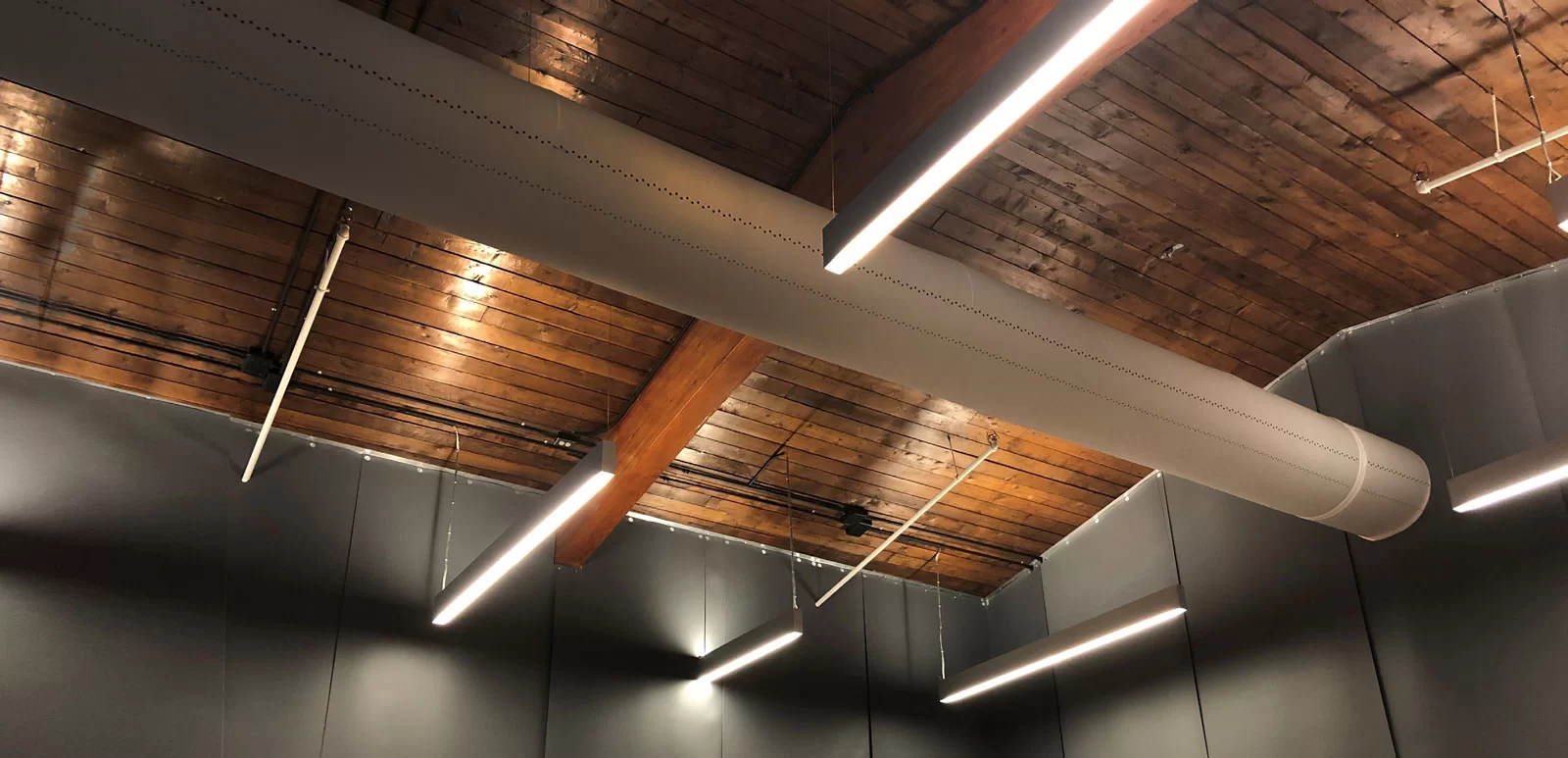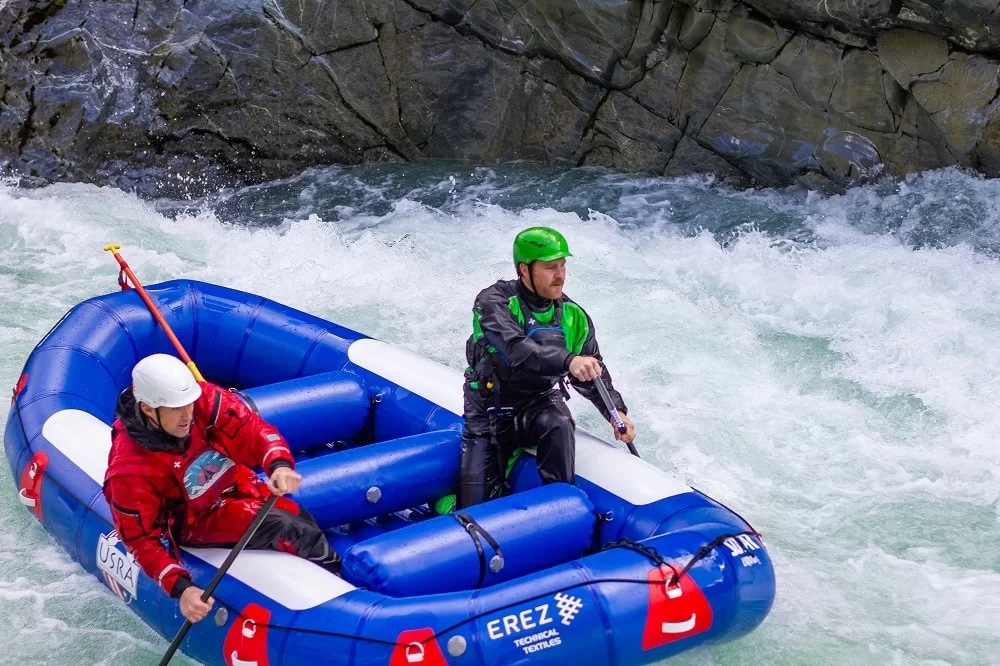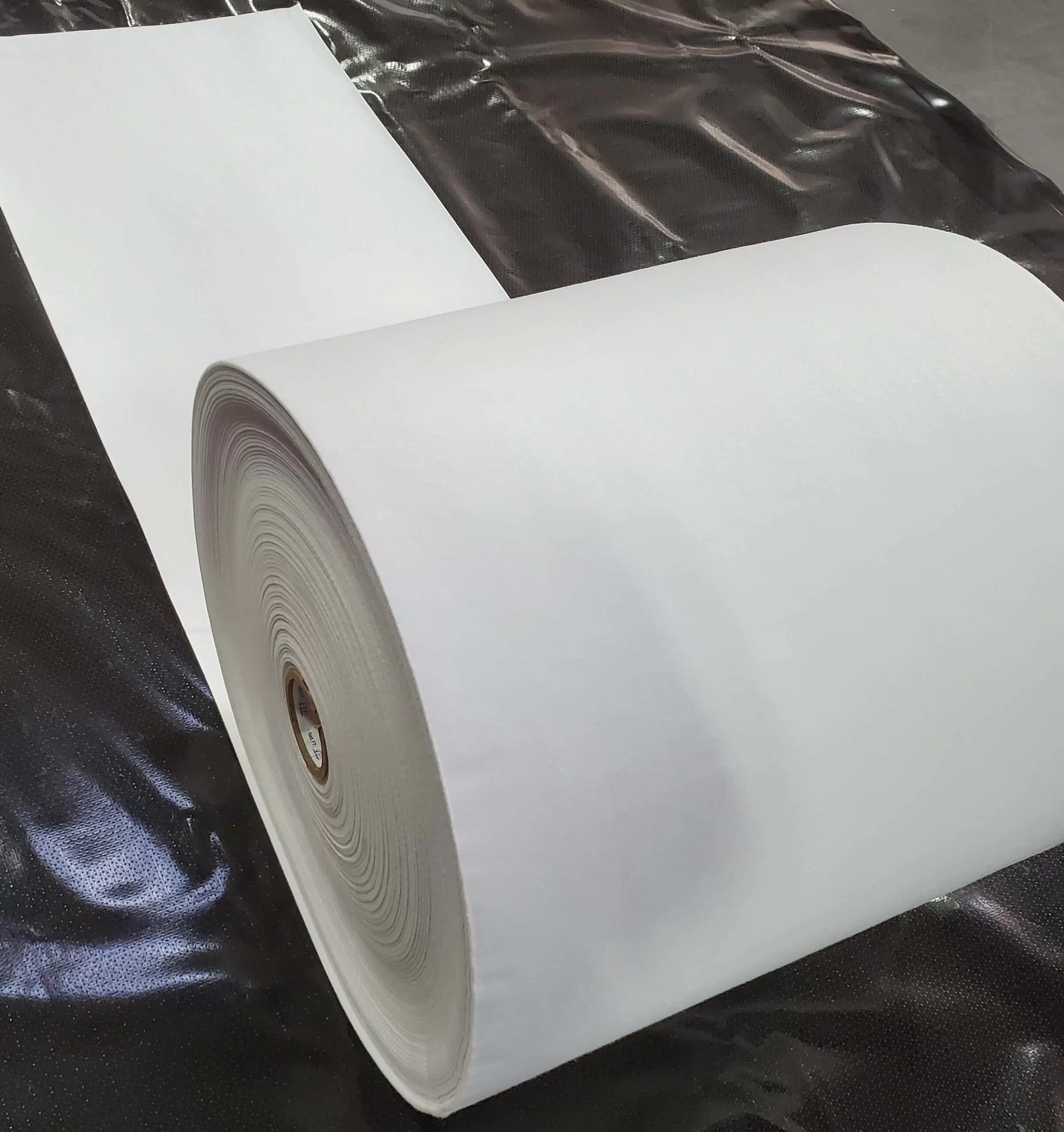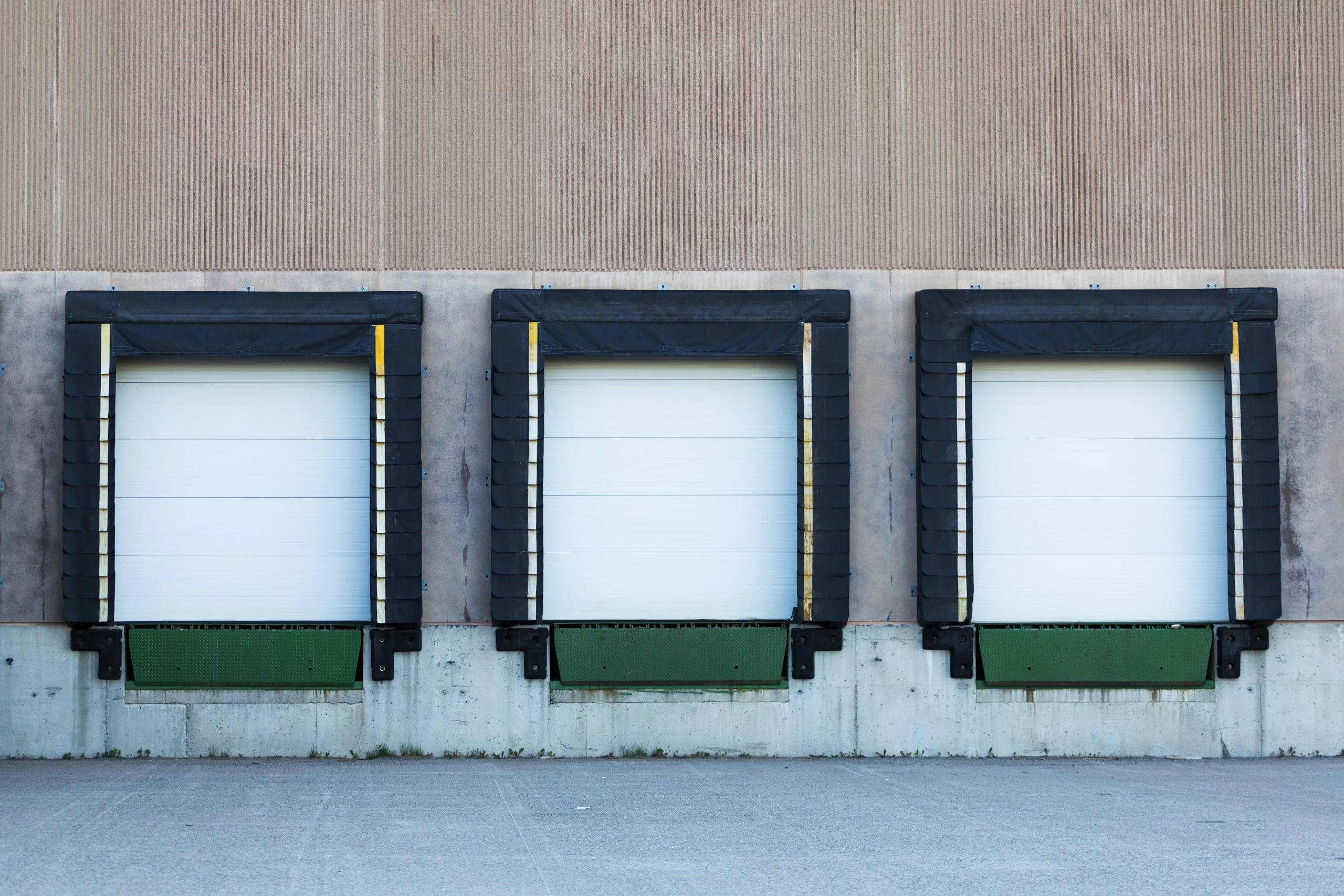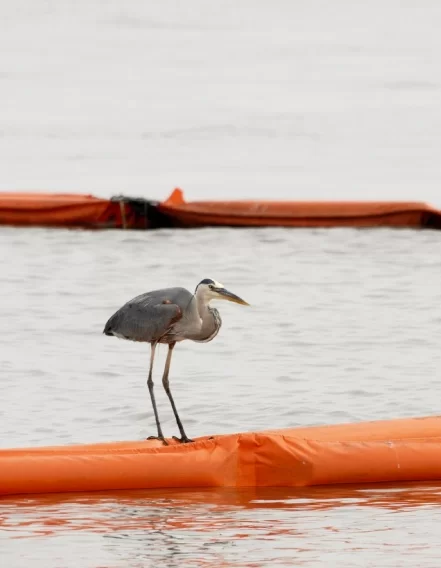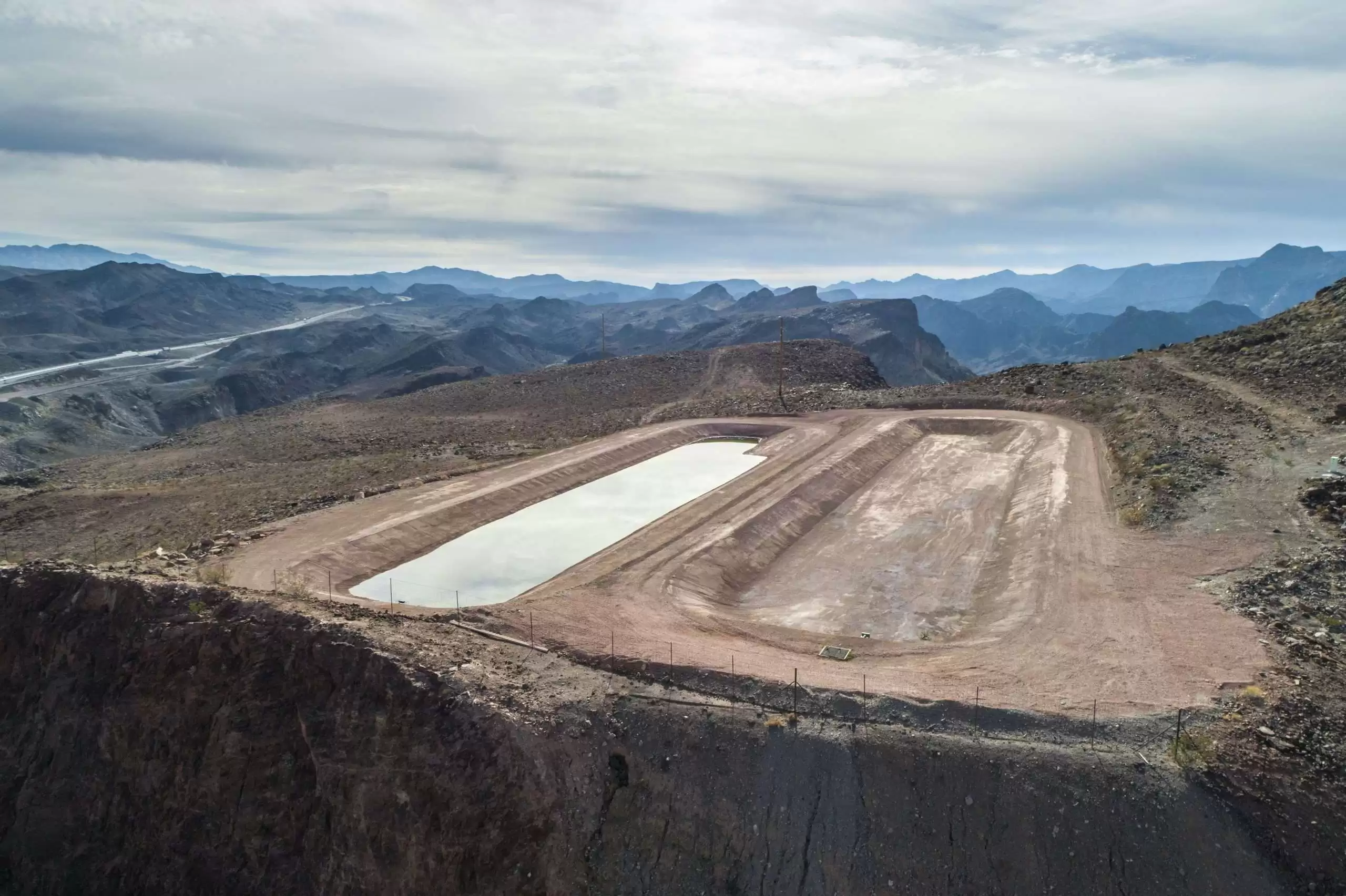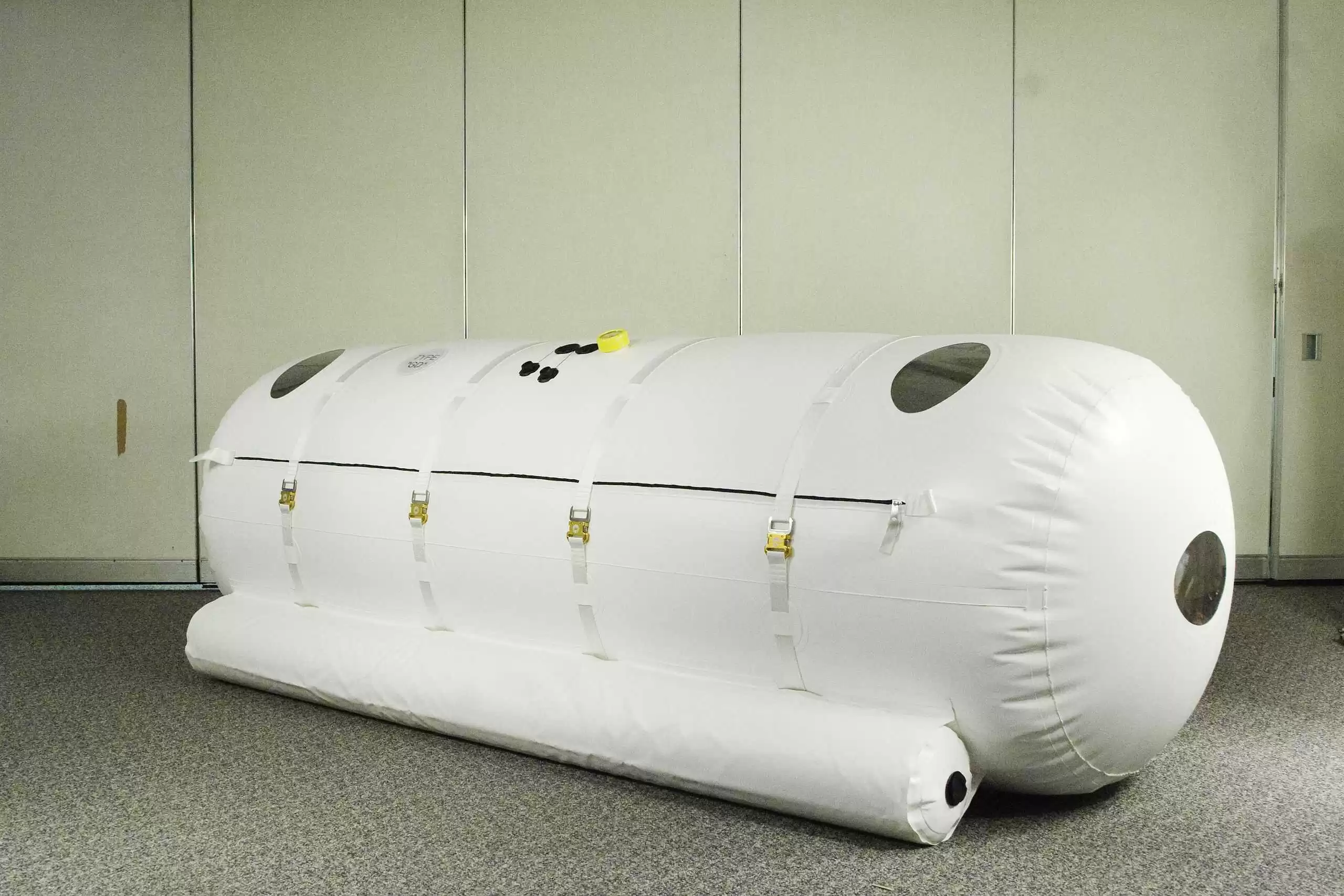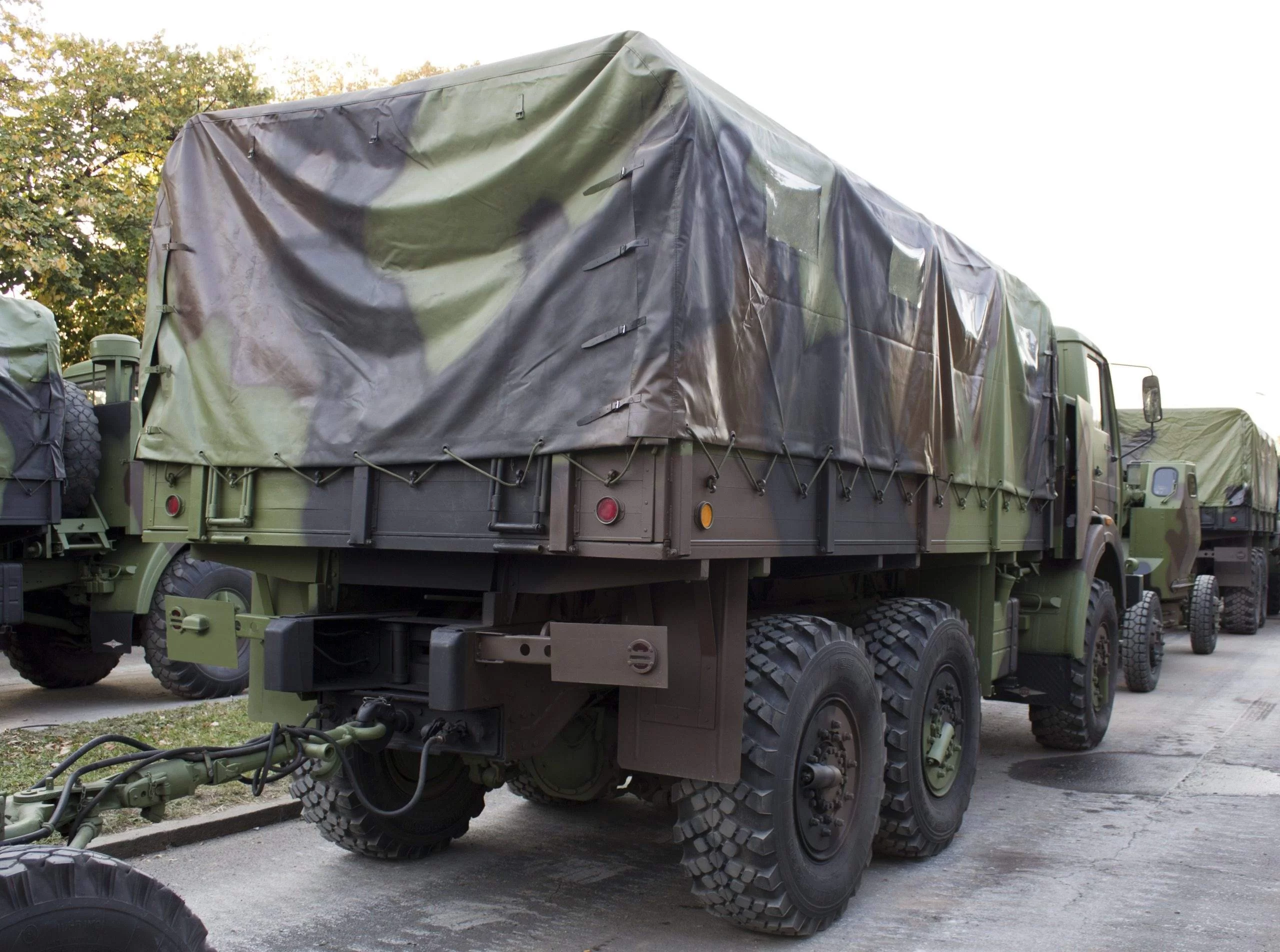For about 50 years, geomembranes have been the go-to choice for civil engineers working on environmental containment of liquids and gases. The nature of their application demands that geomembranes have minimal permeability to prevent anything from leaking into the soil it is protecting. Engineers rely on geomembranes for a variety of applications ranging from reservoirs, agricultural water to industrial wastewater, or hydrocarbons. Therefore, depending on the application, even the smallest error in fabrication or installation can have severe consequences.
Table of Contents
Request a consultation with a geomembrane expert
Generally, geomembrane suppliers and experts are the last to be involved in an ongoing project. So, it is better to know the characteristics of both pre-fabricated and field-fabricated membranes beforehand. In this article, we will address the performance benefits of pre-fabricated geomembranes to give you the important data required to make an informed decision regarding the installation method.
What is the role of seams in geomembrane installations?
Just like how a chain is as strong as its weakest link, a geomembrane is as tough as its seam or welded joint. The points where two geomembrane panels join can be a source of leakages and other flaws in the case of a subpar seam.
The seams need to have enough shear strength and peel strength to avoid damages during installation. For this reason, seam testing is a critical part of the installation process. For factory-fabricated geomembrane liners, the seam inspection can take a fraction of the time required in comparison to test field-fabricated seams.
Factory vs field fabricated geomembranes
Installing geomembrane liners may seem to be simple, but the process is everything but straightforward. Typically, geomembrane liners are fabricated in two ways; either field fabricated during installation or factory-fabricated in modular panels for final field assembly.
We’ll take a detailed look at both options.
Field fabricated geomembranes
In this method, geomembrane panels are fabricated and welded on site. For HDPE geomembranes, this approach is considered the ideal choice. However, the field fabrication process can present multiple challenges that could adversely affect the integrity of the seams. Things such as dirt, terrain, and steep slopes can affect the quality of the work and welds that could lead to future leaks. Not only that, field fabrication procedures have to be adjusted for weather conditions and sunlight exposure.
Field fabricated geomembrane demand high installation costs as they require more workers as well as constant destructive testing and inspection of seams during the process. This, along with the high probability of damage to liners, makes field fabricated geomembranes less preferred when using geomembranes other than HDPE.
Factory-fabricated geomembranes
Most of the work in this installation process takes place within a controlled environment. Here, flexible membranes are fabricated in the factory and then rolled or folded for transportation to the project site. These panels are welded on a flat concrete surface usually. The process can drastically reduce the welding time and provides consistent seams. Inspecting and testing the seams in a factory is also more consistent. Due to the controlled environment seam samples are easily conditioned for immediate testing allowing for any required process adjustments to be made sooner.
Pre-fabricated panels are then delivered directly to the job site to be installed. These large panels are already certified and tested requiring that only the perimeter welds be tested on-site.
Reduced installation costs with better results
The entire process reduces installation costs and delivers quality results. Moreover, the on-site installation time is significantly narrowed especially for large-scale projects. Factory fabricated seams are more consistent and hence, less prone to leaks. This method is also entirely suitable for a smaller crew that has limited equipment. Over the years, factory-fabricated geomembrane liners have enjoyed tremendous popularity in the market, and as discussed, their popularity is well deserved.
Higher Quality, Faster, and Cost-Effective:
Pre-Fabricated Geomembranes Check All Boxes!
Pre-fabricated geomembranes are the preferred method for contractors and installers who have a narrow installation schedule and may, depending on the time of year and geography, be racing the clock to project completion. On the other hand, field fabricated geomembrane panels are subjected to challenges brought on by weather and other unfavorable working conditions on-site. For contractors who are looking for better quality liners at a cost-efficient rate, factory-fabricated geomembrane is the ideal solution for them!
A note from Jimmie Eloff, President GLL
“GLL is a full-service geosynthetic supply company. Pre-fabricated geomembranes provide us the opportunity to deliver custom panels to our clients with confidence.
We supply both roll goods and fabricated panels. Factory fabrication ensures the highest quality seams and a faster install. This article explains in detail the scenarios, options and decisions we review with our clients prior to making recommendations and helping them choose which is the right approach for their project. These components lead to a quicker, more efficient installation saving the client both time and money.”
– Jimmie Eloff, President GLL

